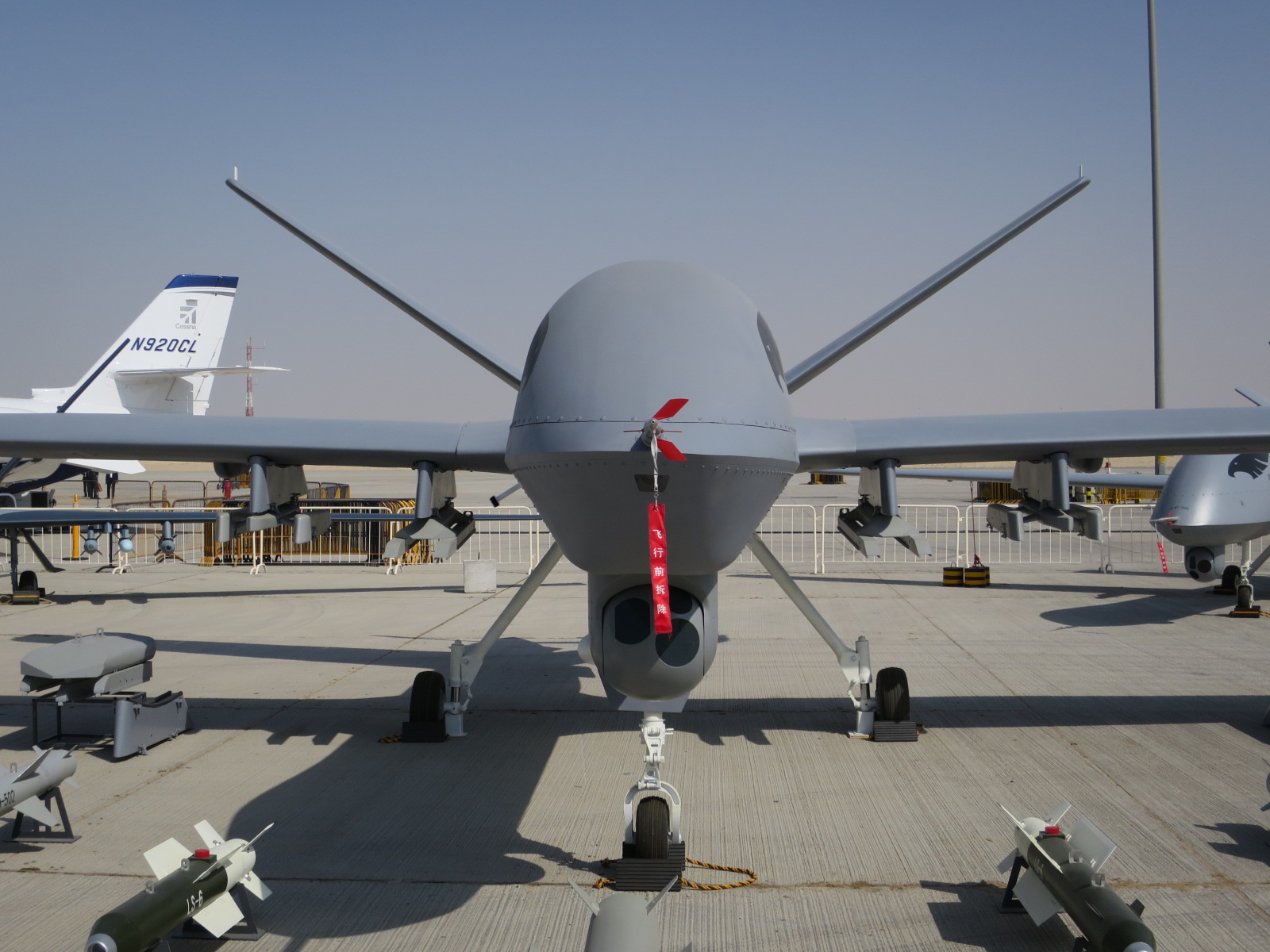Armenia suffered significant military setbacks at the hand of Azerbaijani forces in the war over Nagorno-Karabakh, losing most of the originally Azerbaijani-inhabited territories it occupied in 1993. The latter also captured Nagorno-Karabakh, along with the strategic and symbolic city of Shusha.
Double Trouble: Massive Russian Transport Aircraft Skids Off The Runway After Engine Failure: Watch
The country’s media and the opposition have blamed the obsolete military infrastructure and the lack of any modernization of its weapons arsenal for the humiliating loss to the Turkey-allied country. Much of the criticism is being directed at the futility of purchasing the expensive Su-30SM fighters from Russia, four of which were reportedly brought for $120 million in 2019.
They argue, instead of buying those expensive jets, Armenia should have procured Chinese drones at a relatively lower price. Drones were one of the key weapons of the Azerbaijani army and helped them get an edge over the Armenian forces.
The Su-30SM is a modernized 4+ generation version of the original Russian Su-30 fighter aircraft. Being a supermaneuverable jet, it is one of the world’s finest dogfighters with upgrades being done to equip it with credible BVR (beyond visual range) engagement options. The country had reportedly ordered eight new Su-30SMs to bolster its airpower capabilities.
Su-30SM fighter aircraft
After a crushing defeat in the conflict with Azerbaijan, whose inexpensive armed drones decimated the entire frontline military arsenal of the country, the acquisition of the Russian fighters is being called a “mistake”.

The Armenian media lamented the fact that if the fighters were purchased, they should at least have been equipped with worthy weapons, which they lacked. One Armenian defense portal says it was futile to spend a fortune on the acquisition of Su-30SM fighters, and the funds could have been instead used to purchase an arsenal of drones of different capabilities, preferably made in China, for at least $ 100 million.
The purchase of the 9K33 Osa (Wasp or NATO reporting name SA-8 Gecko) from Jordan was also considered to be a blunder, which is a fairly old complex, from third countries, when the modern version could have been directly purchased from Russia. Osa AK is a highly mobile, short-range tactical surface-to-air missile system designed in the erstwhile Soviet Union.
Military analysts claim the existing air defense system in Nagorno-Karabakh were more focused on combating attack helicopters and aircraft, and small drones in the sky caught it off guard. The Azerbaijani army acted cautiously, relying on thorough reconnaissance, long-range fire damage and drone strikes, observed Viktor Murakhovsky, editor-in-chief of the Russian magazine Arsenal of the Fatherland. “Here we have not witnessed an offensive steam roller with artillery, barrage, tanks and so on,” he added.
Double Trouble: Massive Russian Transport Aircraft Skids Off The Runway After Engine Failure: Watch
There is an increasing consensus among the military experts about the use of less expensive advanced armed drones instead of the Russian Su-30SMs. They argue instead of expending $120 million on the fighter aircraft, Armenia could have bought the cheap Chinese drones, such as Wing Loong 2, which is a medium-altitude, long-endurance (MALE), UAV and would have cost only about $ 1-2 million.
Wing Loong can be armed with laser-guided bombs and missiles to attack and destroy air or ground-based targets. Its formidable array of weapons includes the options like AKD-10 air-to-surface anti-tank missile, BRMI-90 90mm guided rocket, FT-7/130 small 130kg bomb with planar wing, FT-9/50 50kg bomb for drones, FT-10/25 25kg bomb, GB-7/50 50kg precision-guided munition (PGM), and GB-4/100 PGM.
China’s Wing Loong 2 UAV
Armenia also had the option of buying China’s CH-3 or CH-4 drones, which are even cheaper than the Turkish Bayraktar TB2 used by Azerbaijan. The CH-4 has been sold to more than 10 countries, including those in the Middle East, and has demonstrated its capabilities in many military operations. Only around 30-40 of these UAVs could have significantly helped the Armenian army in the conflict, and cost only up to $ 30-40 million.

The country also lacked the loitering ammunition capabilities and unmanned reconnaissance aircraft, something which was frequently used by the Azeris. They are now in agreement that more drones would have changed the balance of the war in their favor.
Armenian Prime Minister Nikol Pashinyan, in an interview with the Armenian Public Television, said the country had to modernize its military to adapt to the changing nature of war.
“We must build a new type of army with new benchmarks and parameters. In particular, I stated above that the level of mobility should increase many times over in the army. We had a corps, brigades, regiments, battalions, which in fact, did not work that well, instead the following two factors won the war: mobile groups and drones,” the PM said.
Admitting that the drone warfare had shaped the nature and result of the war, he said the country now needs to develop a high-tech military-industrial complex at a much faster pace than it is happening today, which should eventually become the locomotive of the Armenian economy.
The Russian defense experts agree that Armenia did not take military preparation seriously and paid no attention to long-term fortification, camouflage and reconnaissance. The country failed to gauge the changing nature of warfare and equip and modernize its military accordingly.




